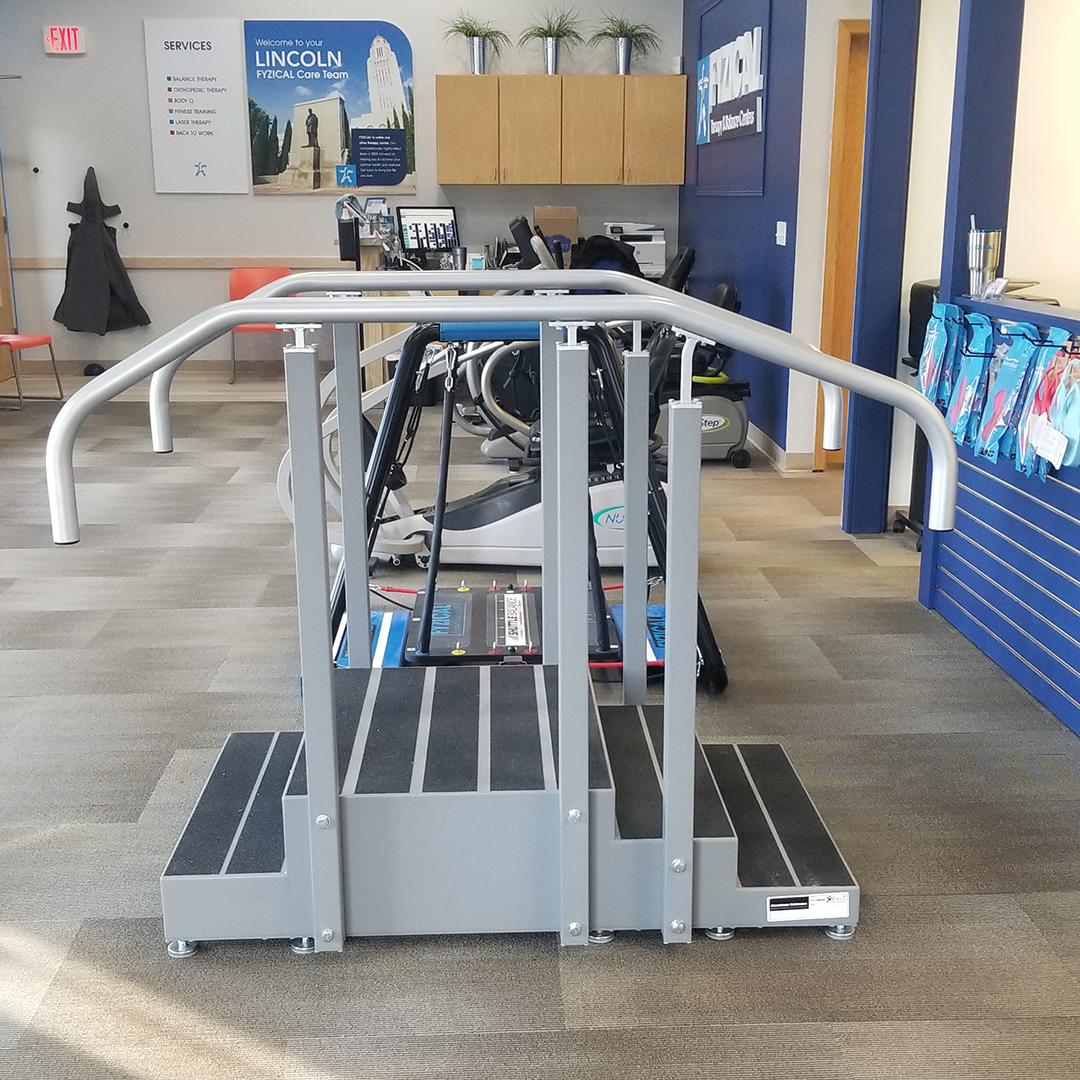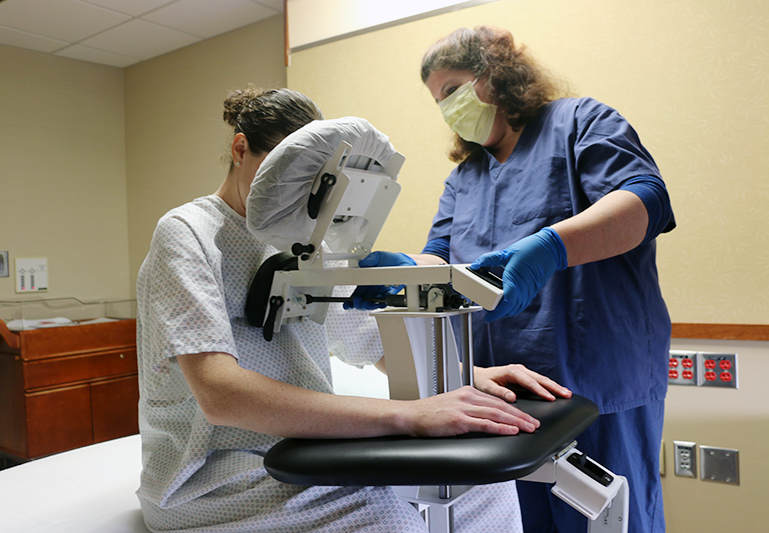While some of your patients may come to your office having done their research about physical therapy care, others may be pretty clueless as to what you do—and how you do it. With that in mind, it’s important to have an arsenal of ready-to-share information to help your patients understand not only the basic facts on physical therapy, but also the specific details that make you the perfect provider. And the kicker is, you may have to share that information before your patients garner the courage to ask for it—because while they may really want to know the answer, they may not feel comfortable enough to pose the query. To help prepare you to support those patients, we’ve compiled a list of all the PT-related questions your patients may want to ask—but are too afraid to bring up—as well as example answers you can tweak to work for your practice.
Do I really need physical therapy?
If you’re suffering from a musculoskeletal condition or injury, then physical therapy can help. In fact, research has demonstrated that physical therapy is as effective as surgery—if not more effective than surgery—in the treatment many conditions, including rotator cuff tears, degenerative disk disease, meniscal tears, and some forms of knee osteoarthritis. During your initial evaluation, a skilled physical therapist will evaluate your physical condition—and discuss your medical history—to develop a plan of care that specifically addresses your current health situation. This plan will outline the frequency and duration of therapy treatment.
Do I need to obtain a referral to see you?
 via shutterstock.com |
In most cases, no. At this point, patients in all 50 states—plus the US Virgin Islands and Washington, DC—may be evaluated by, and receive some form of treatment from, a physical therapist without obtaining a referral.
Will physical therapy hurt?
It may. Recovering from an injury or improving a physical condition can cause some pain. However, it’s my job—as a physical therapist—to minimize any discomfort you may feel and work within the bounds of your pain tolerance. The American Physical Therapy Association found that while 71% of people who had never experienced physical therapy assumed PT was painful, that number dropped dramatically for patients who had actually worked with a PT. Please tell me—or your therapist—how you’re feeling during each session, especially if you’re experiencing any pain or discomfort. We can modify the program and exercises to meet your needs.
Will I have to get undressed?
No. However, we do recommend wearing loose-fitting athletic clothing that enables us to access the area of the body in which the injury or condition is occurring.
How are you going to be able to lift me up?
As a PT, I’ve undergone rigorous training to learn how to move patients using proper body mechanics. This allows me to help you without hurting myself. I’m also going to educate you and your caregiver to ensure that we all stay safe.
Why are you asking me about my bowel and bladder function?
These questions are essential for me to complete a full evaluation of your low back pain. That’s because the nerves originating in your low back actually have control over your bowel and bladder function—and if there are changes in these areas, they can help me focus in on the problem and improve our prognosis and treatment plan development. Additionally, your doctor and I work closely as a team to ensure we’re covering all the bases and thus, provide you with the best possible outcome.
How will I know if PT is working?
First of all, you should notice an improvement in mobility, function, and/or pain levels—or at least a slowdown or halt in deterioration, depending on your specific condition. Second, our clinic uses patient-reported outcomes tracking to ensure we know exactly how you’re progressing through your care. Your physical therapist will discuss the results of your measurements during each appointment, so you can identify markers for improvement. If at any time you feel that your physical therapy program is not producing the desired results, please discuss this with me. I’ll either help reset expectations or tweak your plan of care to better align with the improvements you’re seeking.
Have you gone to school for this—and are you any good?
Indeed. To be a physical therapist, you must obtain a bachelor’s degree from an accredited university—usually in a health-related field—as well as a master’s and/or doctorate degree in physical therapy. Furthermore, all practicing PTs must also complete their state licensing and continuing education requirements to obtain—and retain—their license. As far as the quality of care we provide, we have outcomes data from [x] number of patients that demonstrates our patients get better—faster—than most patients across the nation.
How long will PT take?
There is no one-size-fits-all protocol for physical therapy; rather, the number and frequency of physical therapy sessions you’ll need depends on your injury/condition, overall health, and compliance with your plan of care. Most sessions will last 30–60 minutes.
Does insurance pay for PT?
In most cases, insurance will cover at least some of the cost of your physical therapy sessions. However, depending on your specific plan, you may need to meet your deductible first and/or pay a copay or coinsurance amount at the time of your service. For more information about your specific plan’s coverage, please contact your insurance carrier.
Can you prescribe pain medication?
 via shutterstock.com |
Physical therapy is actually incredibly effective at alleviating chronic pain—without the dangerous side effects associated with pain medication. Thus, we don’t need to prescribe pain medications (and cannot under our state practice act). In fact, according to the APTA, “Physical therapists are movement experts who treat pain through movement, rather than just masking the sensation of pain.” In other words, physical therapy is a long-term solution, whereas pain medication is not. Additionally, we would prefer that you don’t take pain medication during the course of your treatment—unless absolutely necessary—because it can mask your progress and negatively affect your therapy treatment.
Can you treat my grandmother, too?
Absolutely. We treat patients of all ages and consider a family member recommendation to be the highest form of gratitude and respect for our services.
There you have it, (almost) everything your patients want to know about PT—but are too afraid to ask.
This blog was written by Eric McDermott and was published on webpt.com on July 27, 2017. You can find the original article here.




